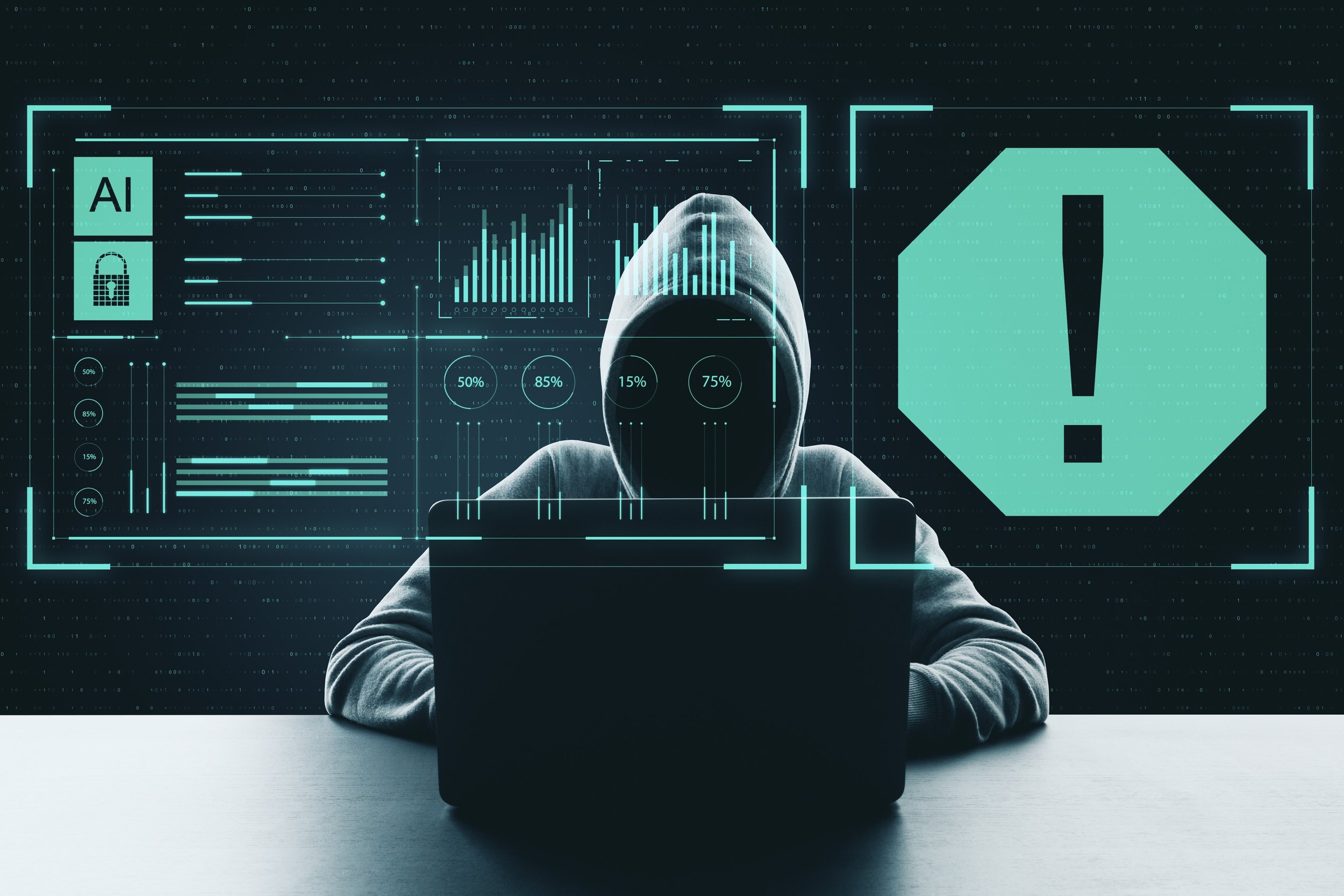Cybersecurity 2025: AI vs AI
Abstract:
As cyber threats evolve at an unprecedented pace, artificial intelligence (AI) has become both a weapon and a shield in the cybersecurity landscape. In 2025, the world is witnessing an AI-driven cyber arms race, where offensive and defensive systems are powered by increasingly autonomous and adaptive technologies. This article explores how cybercriminals and nation-states are using AI for attacks—and how cybersecurity experts are leveraging AI for detection, prevention, and response. It examines the dynamics of AI-on-AI warfare, the technologies shaping this new battleground, and the urgent need for ethical frameworks, global cooperation, and continuous innovation.
Keywords:
Cybersecurity, AI Threat Detection, Adversarial AI, Cyber Warfare, Autonomous Defense, Cyber Arms Race, Machine Learning, AI Security, Threat Intelligence, Ethical AI
Introduction:
The cybersecurity landscape in 2025 is more complex, fast-paced, and dangerous than ever before. At the center of this transformation is artificial intelligence—a technology now used by both attackers and defenders. Cybercriminals use AI to identify vulnerabilities, evade detection, and launch sophisticated phishing, malware, and denial-of-service attacks. In response, security teams deploy AI to monitor networks, identify anomalies, and automate incident response. The result is a cyber arms race where machines battle machines, algorithms counter algorithms, and the speed of conflict far outpaces human capability. This article delves into the current state of AI in cybersecurity and explores what the future holds in this high-stakes domain.
1. Offensive AI: Automating the Hacker’s Toolkit
AI is giving cybercriminals powerful new tools. Deep learning models can scan millions of systems to identify weaknesses, while generative AI creates highly convincing phishing emails tailored to individual targets. Malware now uses machine learning to adapt its behavior and avoid detection, hiding in plain sight within trusted traffic. Tools like WormGPT (a black-hat variant of ChatGPT) allow attackers to write code, generate social engineering scripts, and automate attacks with little technical knowledge. As these tools become more accessible, the barrier to launching AI-powered cyberattacks is rapidly falling—expanding the threat landscape exponentially.
2. Defensive AI: Building Autonomous Cyber Shields
In response, organizations are deploying defensive AI to monitor, detect, and mitigate threats in real time. Machine learning algorithms are trained on vast datasets to identify unusual patterns of behavior across networks, users, and devices. AI-driven security systems can automatically quarantine infected endpoints, shut down compromised user sessions, and trace the origin of breaches within seconds. Cybersecurity vendors are integrating natural language processing (NLP) to analyze threat intelligence, scan code repositories, and identify vulnerabilities before they’re exploited. In 2025, autonomous defense is not a luxury—it’s a necessity.
3. The Rise of Adversarial AI and AI-on-AI Warfare
A particularly dangerous dimension of this arms race is adversarial AI—where attackers intentionally manipulate input data to deceive machine learning models. For example, subtle changes to a file or network pattern can fool detection systems into thinking malicious code is safe. In turn, defenders are developing AI that can recognize and adapt to these adversarial techniques. The battlefield has become algorithmic: one AI generates, the other predicts; one evades, the other adapts. This ongoing loop of innovation and counter-innovation is defining the next generation of cyber warfare, making speed, adaptability, and data quality more critical than ever.
4. Ethical, Strategic, and Global Implications
The deployment of AI in cybersecurity raises significant ethical and geopolitical concerns. Should autonomous systems be allowed to launch counterattacks without human oversight? How do we prevent AI from being used for mass surveillance or cyber sabotage? In 2025, these questions are the subject of intense debate among governments, tech leaders, and ethicists. The lack of standardized regulations across borders leaves room for escalation and misuse. Organizations like the United Nations and the World Economic Forum are calling for international cyber peace frameworks to govern the use of AI in digital conflict. Cooperation, transparency, and accountability are now more important than ever.
5. Building Resilience in an AI-Driven Cyber Era
As the AI arms race intensifies, businesses and governments must prioritize resilience. This includes investing in AI-powered security platforms, upskilling cybersecurity professionals to work alongside AI, and implementing proactive threat hunting strategies. Transparency in AI development and explainable models can help organizations trust the tools they use. Cyber drills, red team simulations, and continuous monitoring are becoming essential practices. Ultimately, winning this race is not about building the most powerful AI—it’s about creating agile, ethical, and robust systems that can adapt to a rapidly evolving threat environment.
Conclusion:
In 2025, cybersecurity is no longer a purely human domain. The battle has moved to code, algorithms, and intelligent automation. AI is both the attacker and the defender, forcing organizations to rethink how they protect data, infrastructure, and public trust. The future of cybersecurity depends on our ability to harness AI responsibly, anticipate adversarial tactics, and build systems that are not only smart—but resilient, transparent, and governed with care. In this era of AI vs AI, strategy and ethics are as important as technology itself.
Resources:
World Economic Forum – AI and Cybersecurity Trends: https://www.weforum.org/agenda/2023/01/how-ai-is-changing-cybersecurity/
MIT Technology Review – Adversarial AI Explained: https://www.technologyreview.com/2023/08/04/adversarial-ai-explained/
CISA – AI in Cybersecurity Brief: https://www.cisa.gov/news-events/news/ai-cybersecurity-guidance-2024
Gartner – Top AI Security Trends 2025: https://www.gartner.com/en/articles/ai-cybersecurity-trends
Darktrace – AI for Autonomous Threat Detection: https://www.darktrace.com/en/products/

